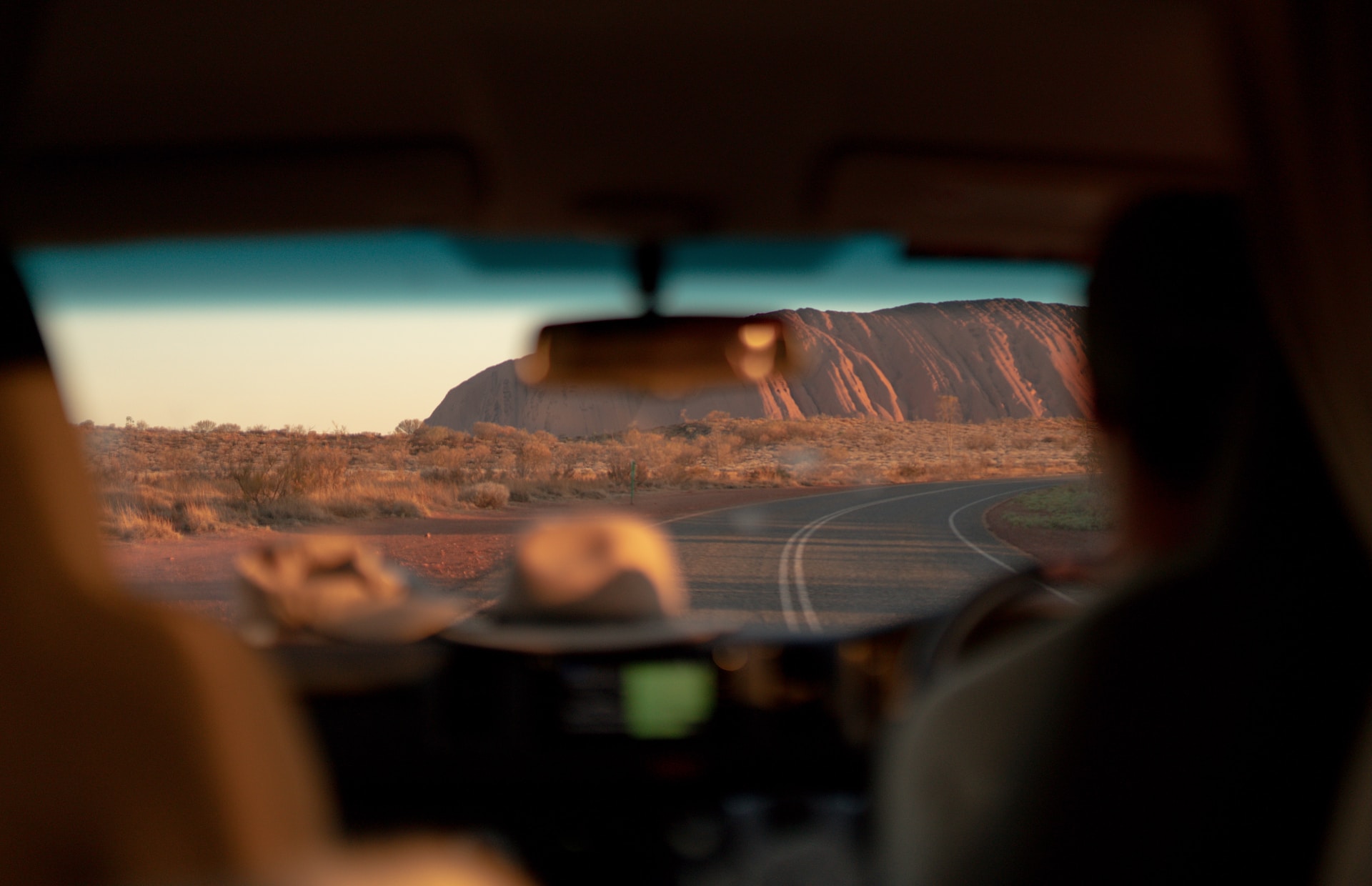Uluru is a very sacred site for the indigenous Anangu people of Australia and has been for over 30,000 years. Climbing Uluru has been prohibited since October 2019, however, under the Tjukurpa (Anangu law) climbing the rock has never been recommended due to its cultural and spiritual significance. Not only did climbing Uluru go against the wishes of the Anangu people, but it also caused the UNESCO world heritage site to deteriorate due to the immense number of tourists walking on it every day.
Undoubtedly Australia’s most notable landmark
Formally known as Ayers Rock, Uluru is a sacred rock that appears dramatically from the red desert of Central Australia. Estimated to be over half a billion years old, the sandstone rock stands over 348 metres tall and has a circumference of almost 10 kilometres… so in other words, it is huge! The rock is famous for changing colour throughout the day, due to the light that reflects off it. Sunrise and sunset are the best times to visit, as the contrast of nature’s vibrant colours is breathtaking.
The Anangu people have had a turbulent history with the ownership of Uluru
After the colonisation of Australia, many native Indigenous people were stripped of their rights and property, including Uluru. For hundreds of years, Uluru was under the control of the Australian government, until 1985, when Prime Minister Bob Hawke, handed back the ownership of Uluru to the Anangu people, under the circumstances that they would lease the land to the Australian government and work in conjunction to ensure that tourism was unaffected. To the dismay of the Anangu people, climbing the rock was still technically legal, although signs and information were placed at the bottom of Uluru for visitors to read explaining that climbing the rock was actually disrespectful to the traditional land owners.
The official ban on Climbing Uluru in 2019
After many years of controversy surrounding tourists disrespecting Uluru, the rock was officially closed for climbing in October 2019. This marked a monumental day in indigenous history, as this is something that they had been fighting for, for decades and the wishes of the Anangu people were finally respected. Before the official closure of Uluru, there was a surge of travellers flocking to the site to climb it for the final time. These days, you can admire the rock from the ground, walk around the circumference, and spend time learning about the unique and fascinating culture of the indigenous people of Australia!
There are many guided tours available, make sure you take one of the Uluru tours to explore the area yourself.

